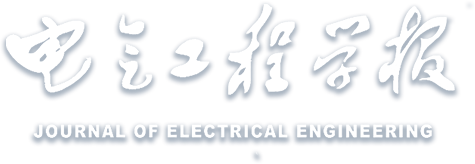Abstract:
The DC power system of electric unmanned aerial vehicles(UAVs) mainly provides reliable power for airborne equipment such as propulsion motors, environmental control systems, and radar. According to the bus scheme of system, the DC power system can be divided into unipolar architecture and bipolar architecture. To reduce the loss and volume of a motor and increase the fault tolerance of the system, bipolar architecture is widely used in UAVs and planes. However, since renewable energy generation systems such as fuel cells and photovoltaic usually output unipolar DC voltage, a unipolar-to-bipolar conversion interface is needed to realize unipolar-to-bipolar conversion. Firstly, two kinds of unipolar-to-bipolar conversion interfaces, namely voltage balancer and multilevel converter, are compared and analysed in terms of inductance current ripple, capacitor voltage ripple, and switch stress. Then, based on the comparison results, the multilevel converter is selected as the unipolar-to-bipolar interface, and the bus voltage and neutral-point-voltage controller are designed to realize the voltage and current control, and voltage balance of the bipolar DC power system. Finally, the effects of constant power load, constant current load, and constant resistance load widely existing in the DC system and controller parameters on system stability are analysed. The analysis result is verified by simulation.


 下载:
下载: